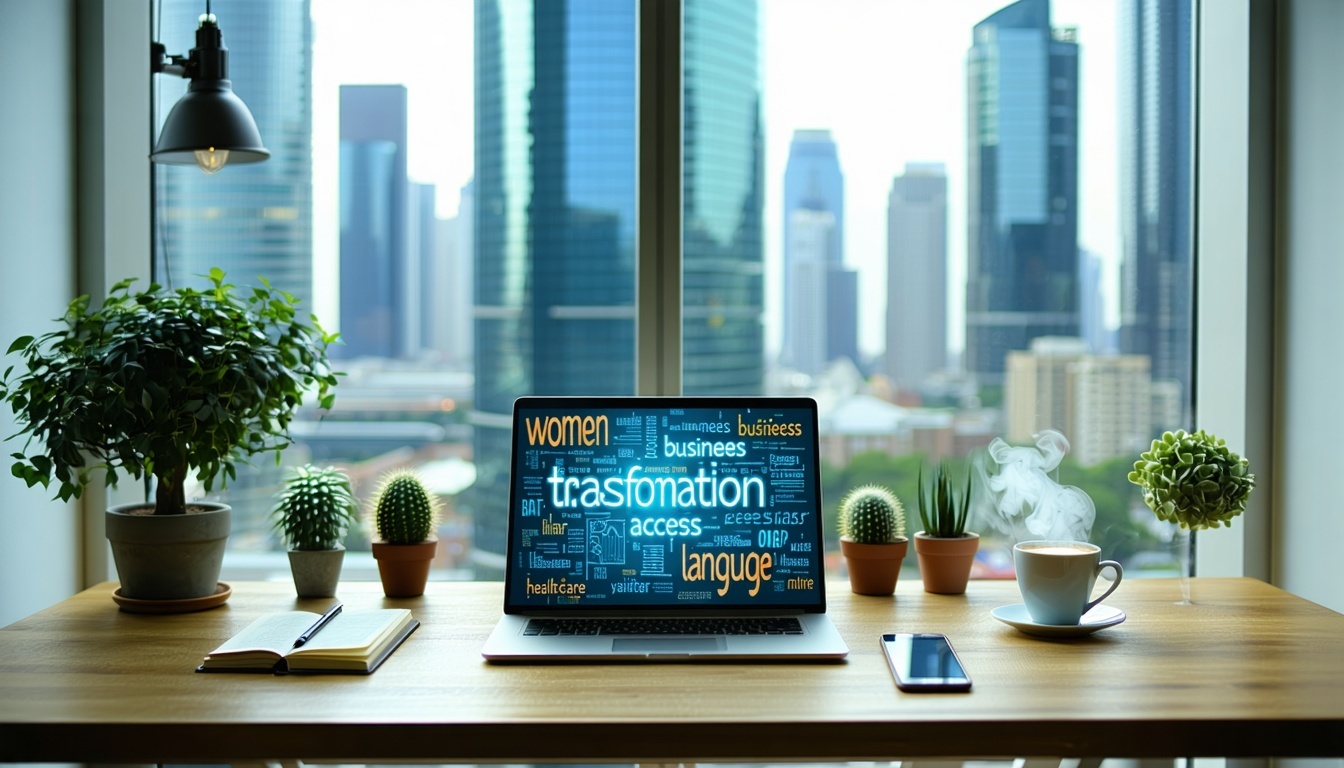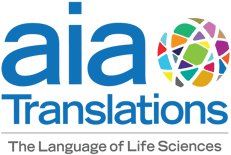Action for Women’s Health: Language, Access, and the Role of Life Sciences Translation
Culture • May 26, 2025 12:00:00 PM

Every year on May 28, the global community observes the International Day of Action for Women’s Health—a powerful reminder of the ongoing fight for bodily autonomy, equitable healthcare, and gender-sensitive policy. For the life sciences sector, this day is not only an opportunity to advocate for women’s health rights, but also to reflect on a crucial question:
How accessible is health information to the women who need it most?
At the intersection of science, medicine, and communication, language services play a critical role in bridging the gap between innovation and impact. At a time when women face disparities in health outcomes worldwide, accurate, culturally sensitive, and linguistically inclusive translation is more than a support function—it’s a lifeline.
What Is the International Day of Action for Women’s Health?
First declared in 1987 by the Women’s Global Network for Reproductive Rights (WGNRR), May 28 is a global call to action for women’s and girls’ right to accessible, quality, and gender-equitable healthcare. Each year, advocates highlight urgent issues including:
-
Sexual and reproductive health rights (SRHR)
-
Maternal healthcare and safe childbirth
-
Access to contraception and family planning
-
Gender-based violence
-
Menstrual health and education
-
Health equity for marginalized and underserved women
For organizations in the life sciences, these are not just social issues—they are clinical, regulatory, and ethical imperatives.
Health Inequities Begin with Language Barriers
Language remains one of the most overlooked determinants of health. Across the globe, millions of women cannot access vital healthcare information because it is not available in their language, or it is written in terms that are difficult to understand.
Consider the following:
-
Clinical trial materials are often too technical for lay readers, limiting informed consent.
-
Medication leaflets frequently lack plain language or localized terminology.
-
Sexual and reproductive health education is culturally taboo or linguistically inaccessible in many regions.
-
Immigrant and refugee women face critical language barriers in emergency care, pregnancy, and postpartum treatment.
These gaps are not just inconvenient—they can be life-threatening.
The Role of Life Sciences Translation in Women’s Health
Life sciences companies have a unique responsibility—and opportunity—to support women's health by ensuring that their innovations, trials, and interventions are linguistically and culturally accessible.
Patient-Centered Translation
Translation of health content must prioritize clarity, respect, and inclusivity. From informed consent forms to contraceptive instructions, the language used must resonate with and be understandable to women from diverse linguistic and cultural backgrounds.
Localization of SRHR Materials
Sexual and reproductive health materials often require localization beyond word-for-word translation. Cultural attitudes toward gender, sex, and family planning must be considered to ensure messaging is empowering, not alienating.
Support for Multilingual Clinical Trials
As women are increasingly recruited for global clinical trials, multilingual communication is vital for recruitment, retention, and ethical compliance. Accurate translation of protocols, questionnaires, and adverse event reporting can directly impact the quality and success of women-focused studies.
Gender-Inclusive Regulatory Documentation
Medical device and pharmaceutical companies must ensure that instructions for use (IFUs), labeling, and patient information leaflets account for gender-specific usage and concerns. This includes pregnancy warnings, hormonal interactions, and anatomical differences.
Action Steps for the Life Sciences Sector
On this International Day of Action for Women’s Health, life sciences organizations can:
-
Audit health communications for gender and linguistic accessibility
-
Ensure plain language is used in all patient-facing materials
-
Partner with expert translators trained in women’s health and medical terminology
-
Invest in multilingual health education campaigns that empower women to make informed choices
-
Champion diversity in clinical trials and adapt communication strategies to support women from all backgrounds
Final Thoughts
Health is a human right—and that right begins with understanding. In the life sciences, breakthroughs mean little if they do not reach the people they are designed to help. By integrating expert translation and localization into every stage of product development and healthcare delivery, we can help ensure that no woman is left behind due to language or cultural barriers.
This May 28, let’s not only raise awareness. Let’s take concrete action to make women’s health accessible in every language, every region, and every community.
